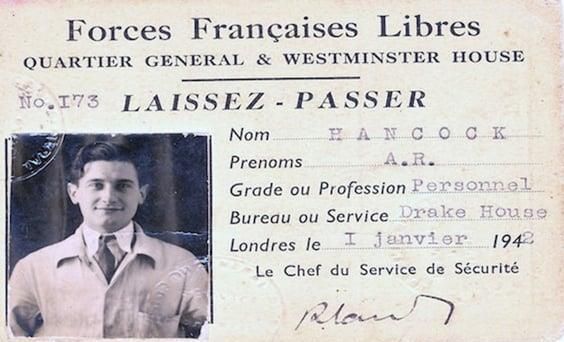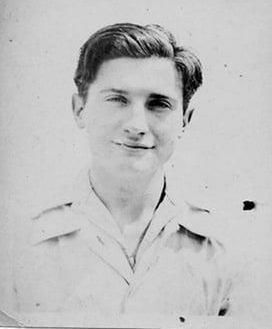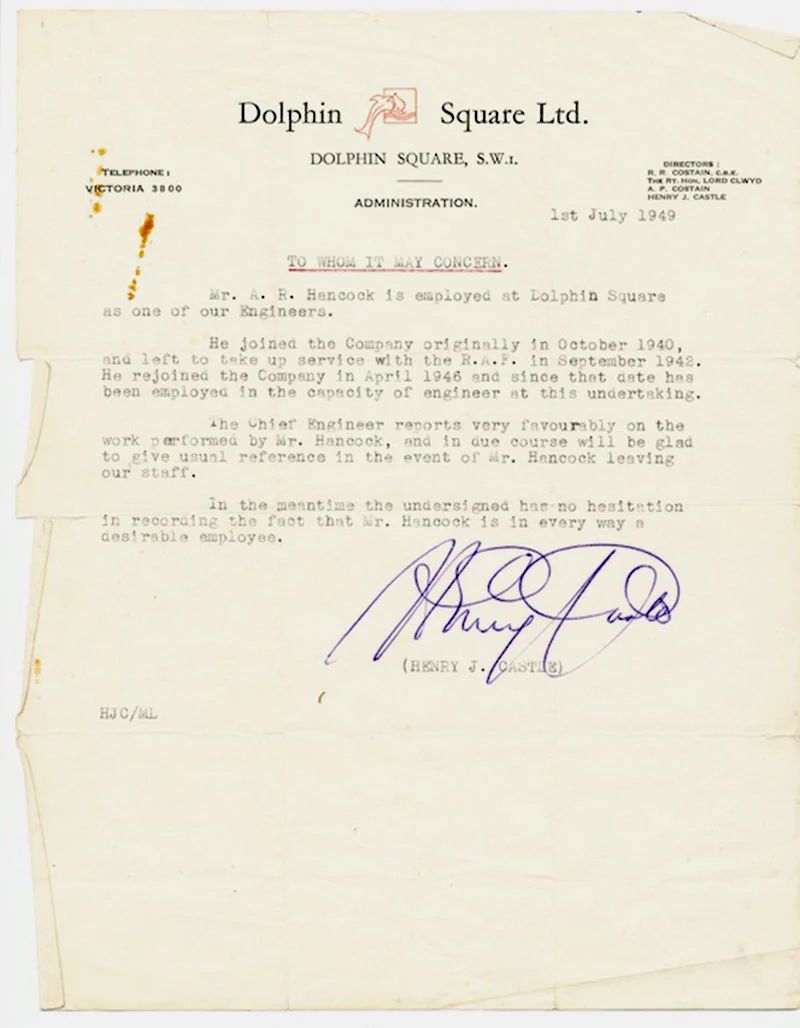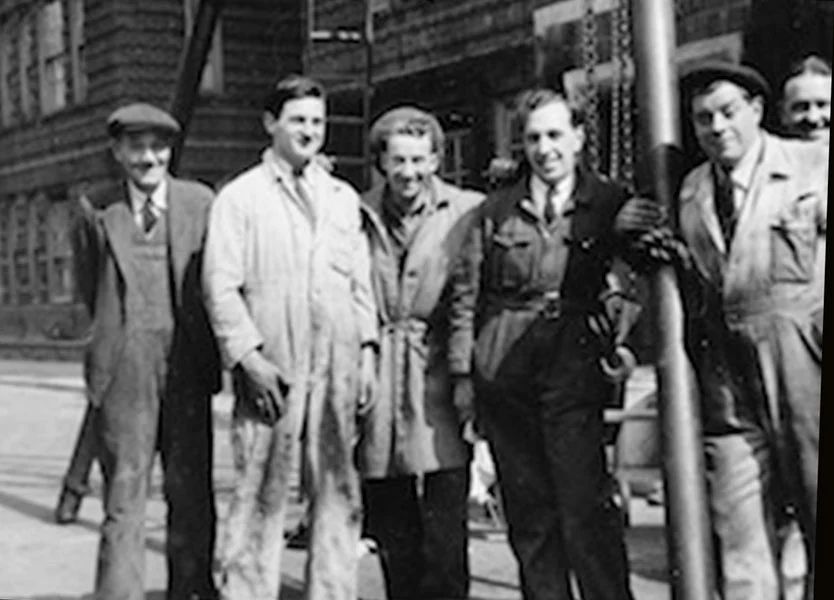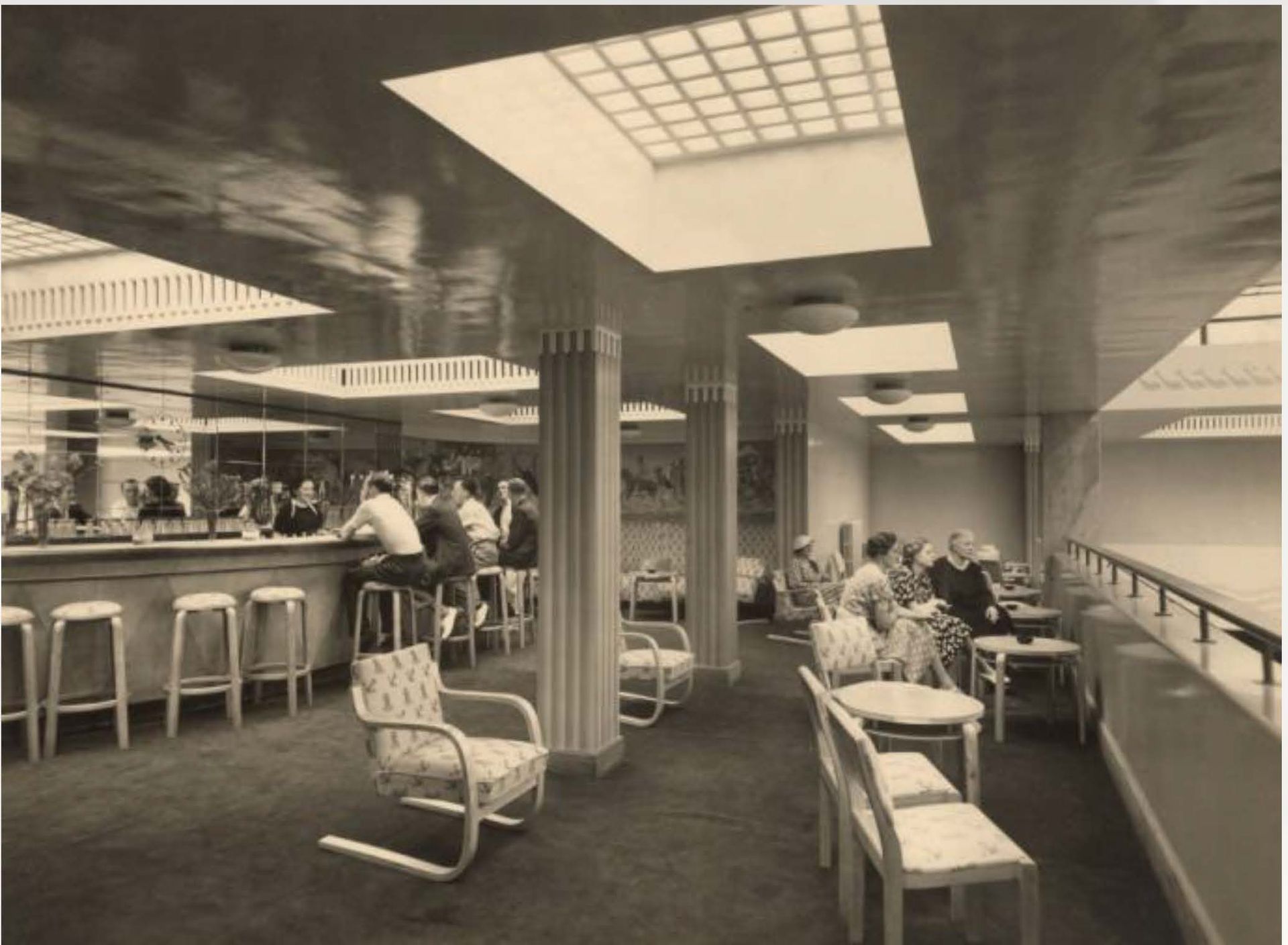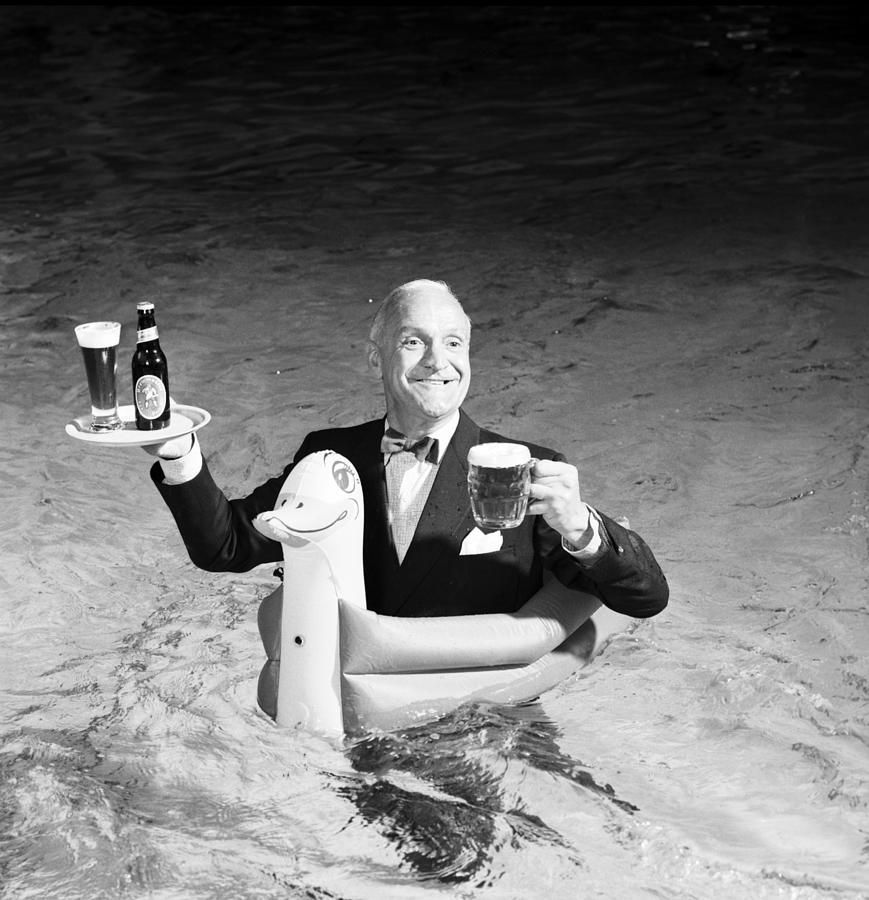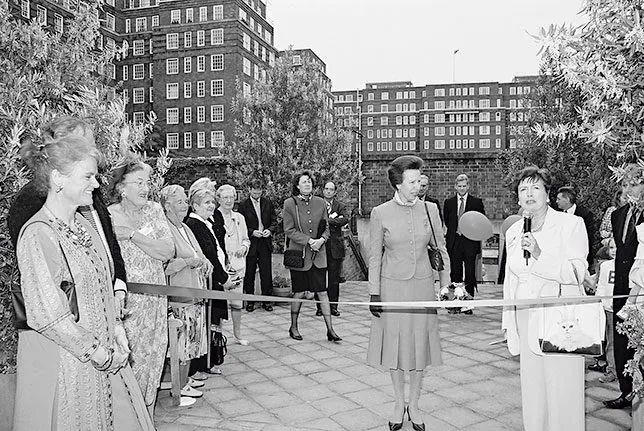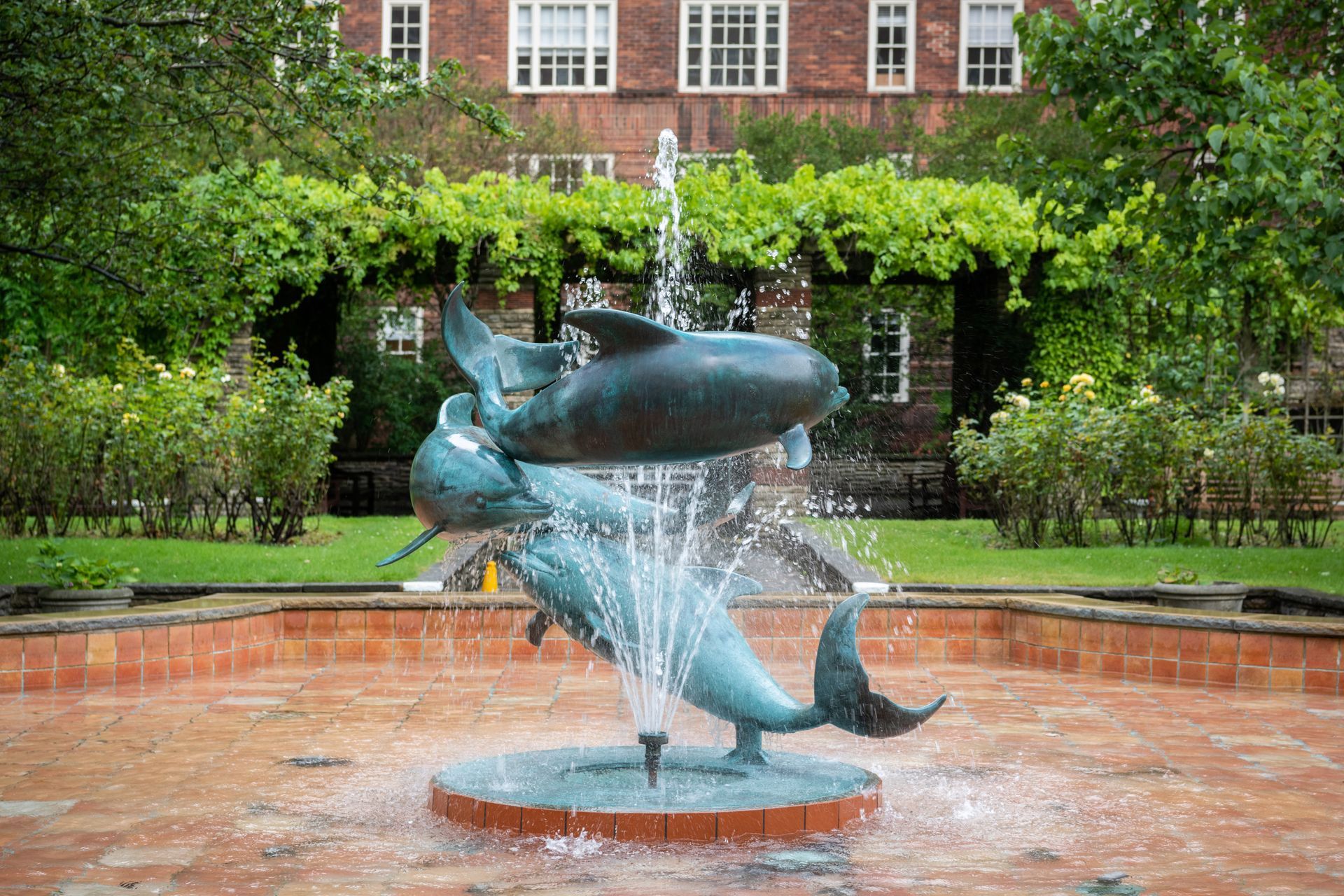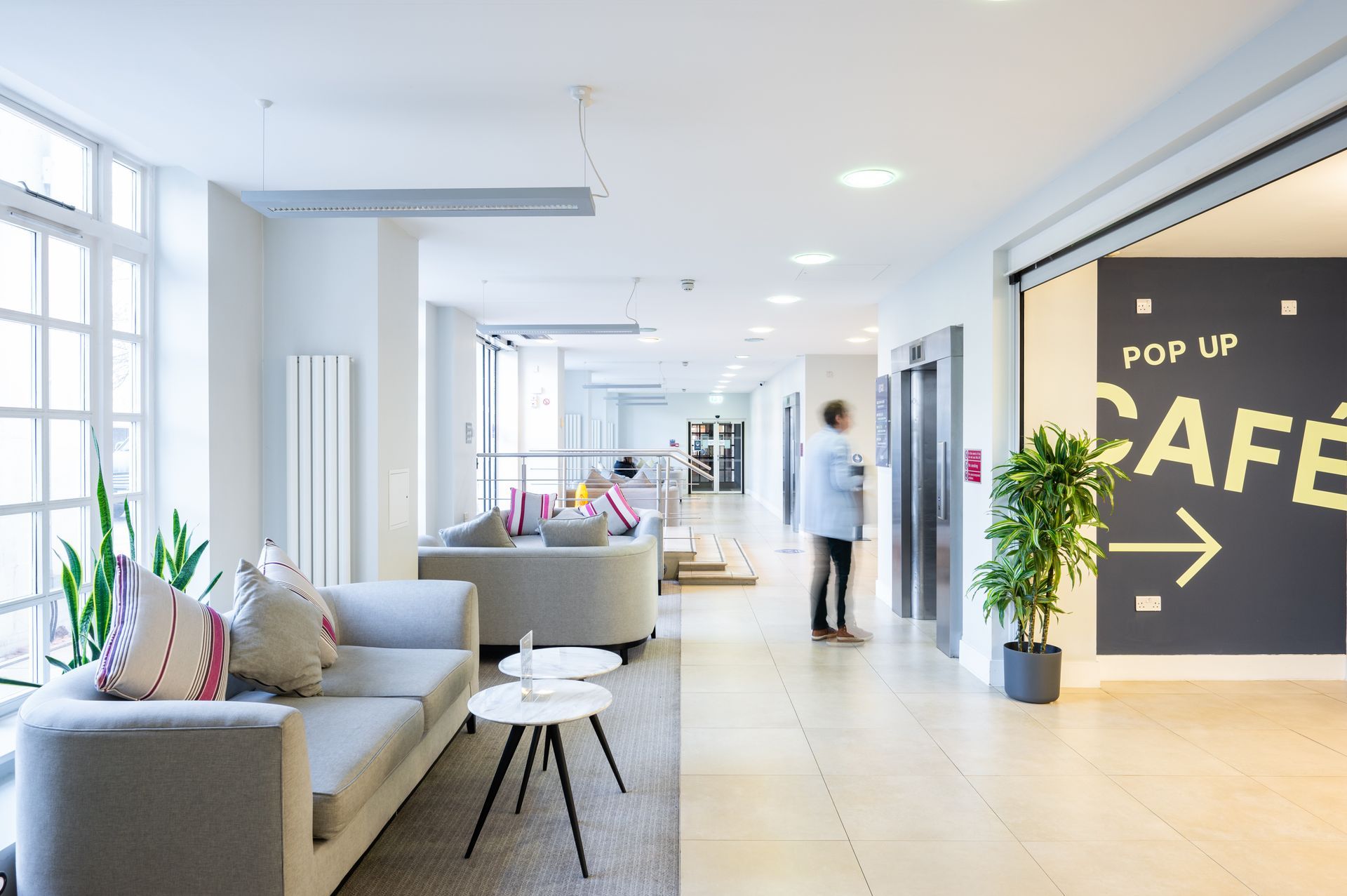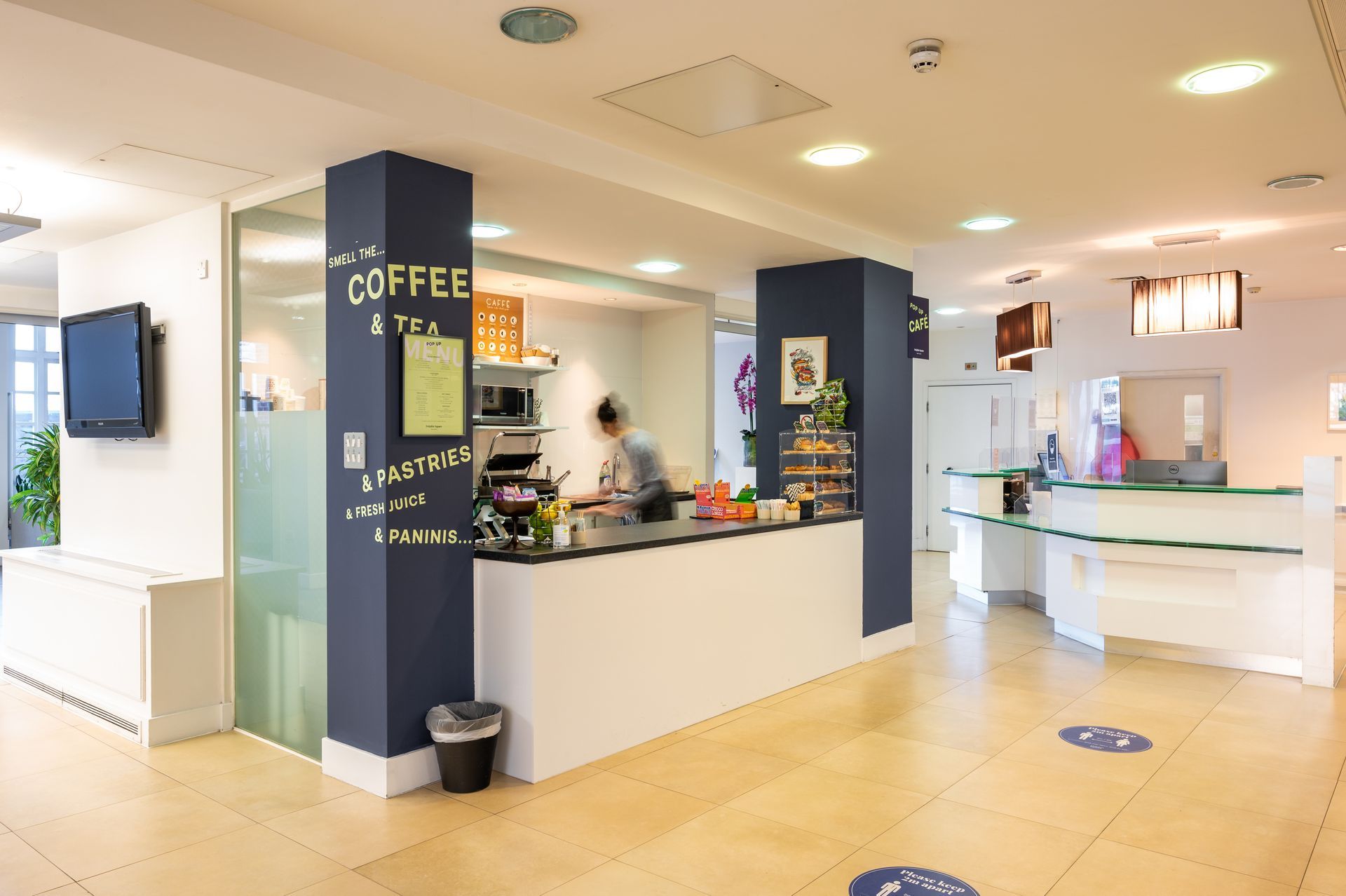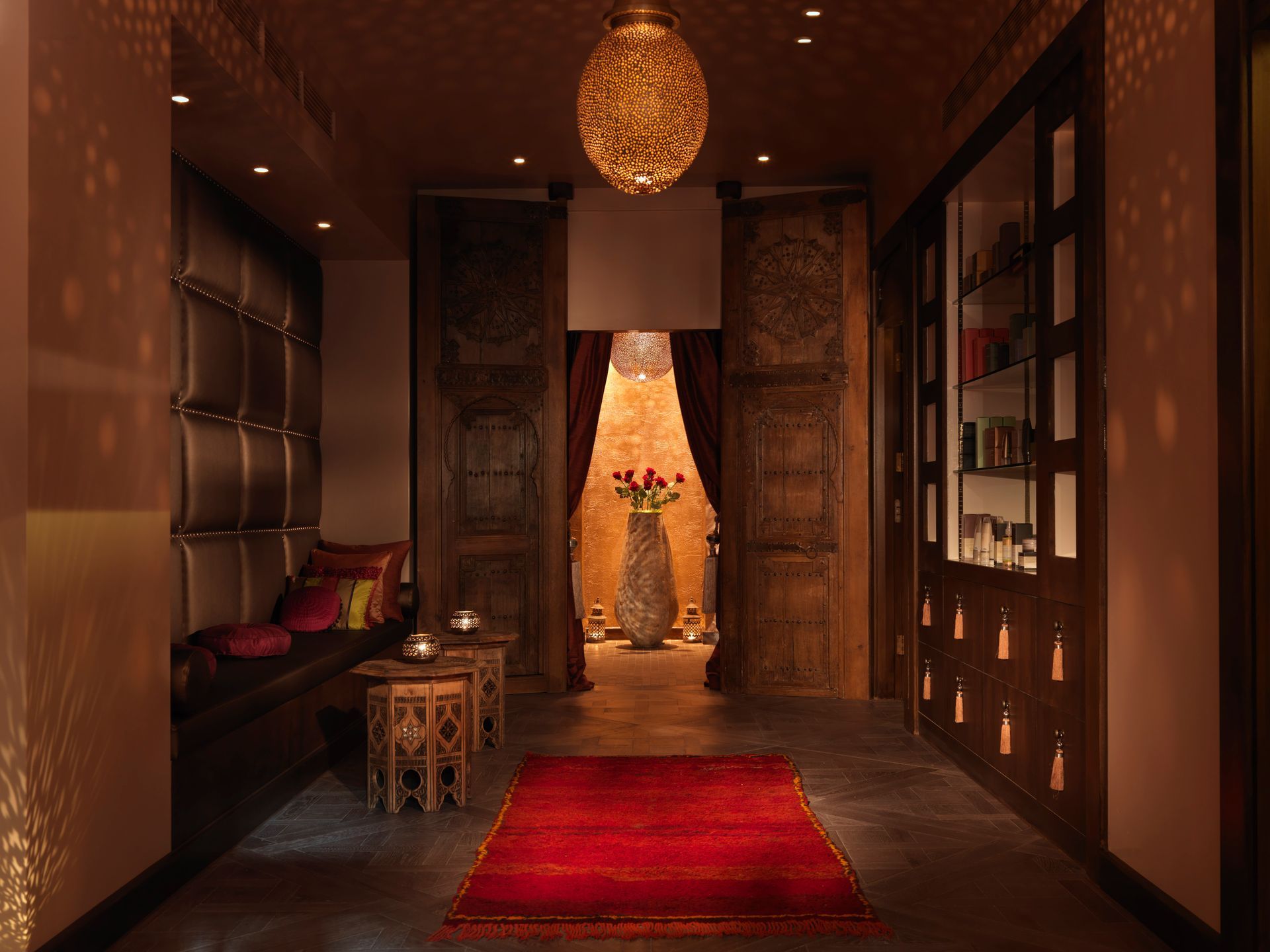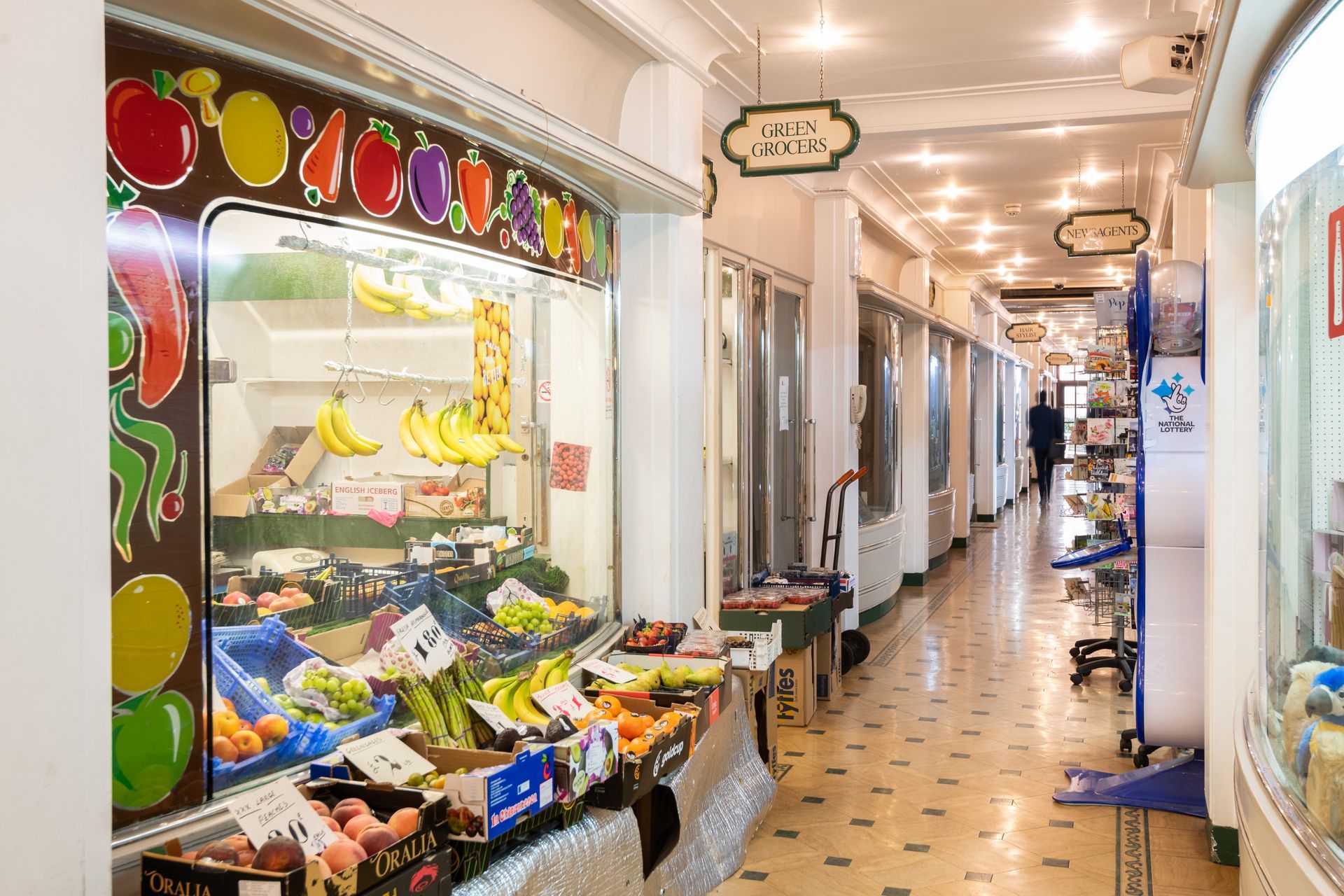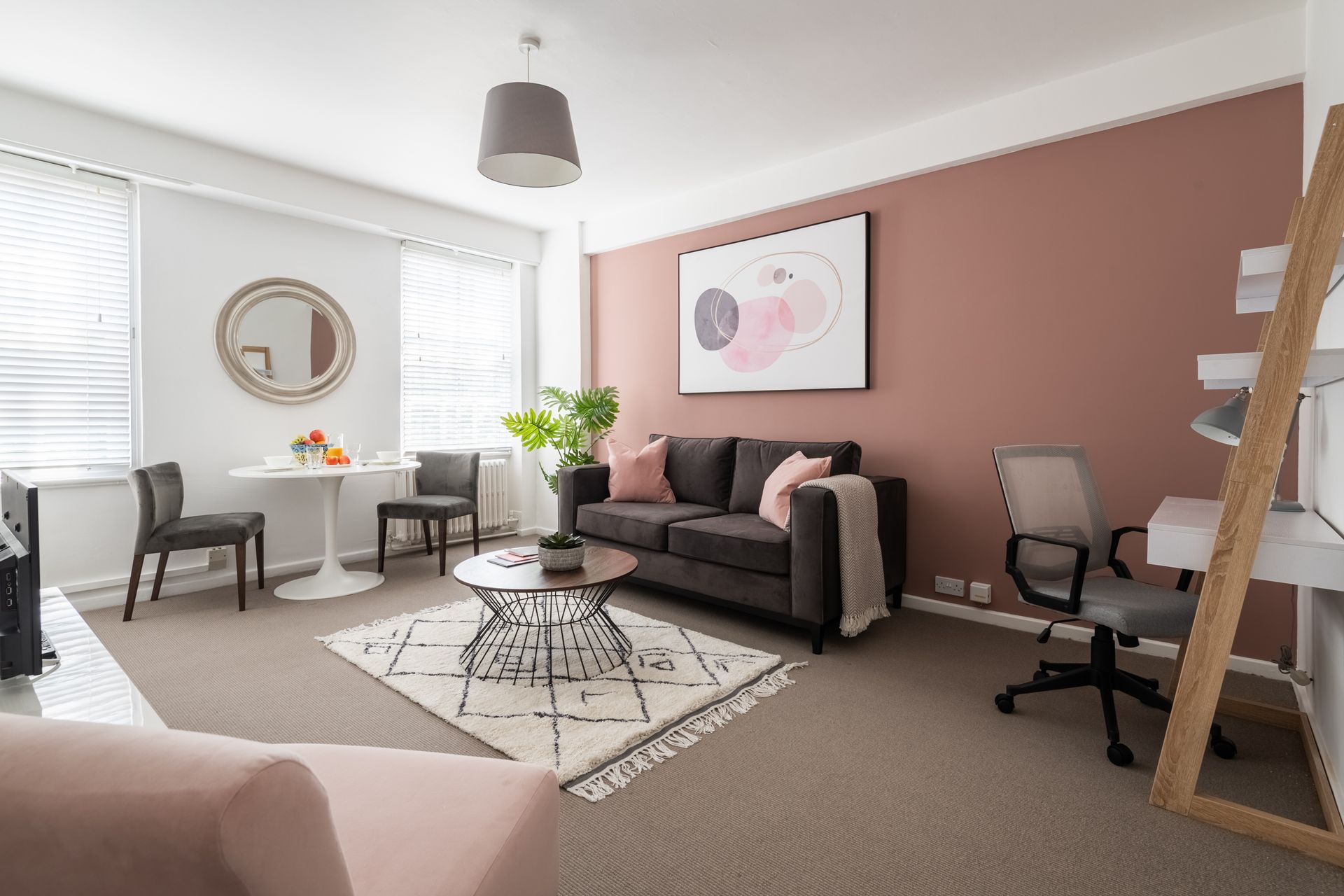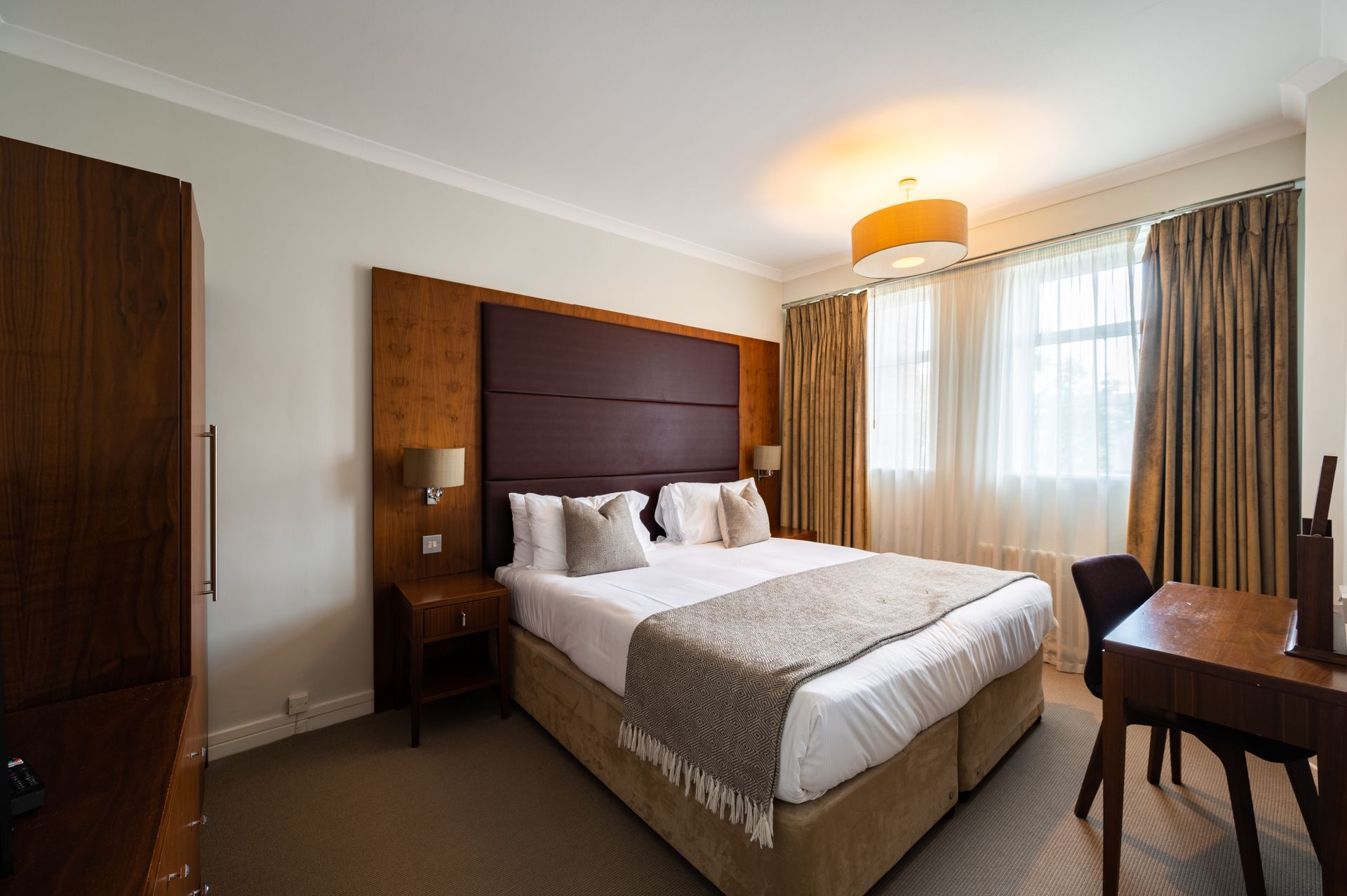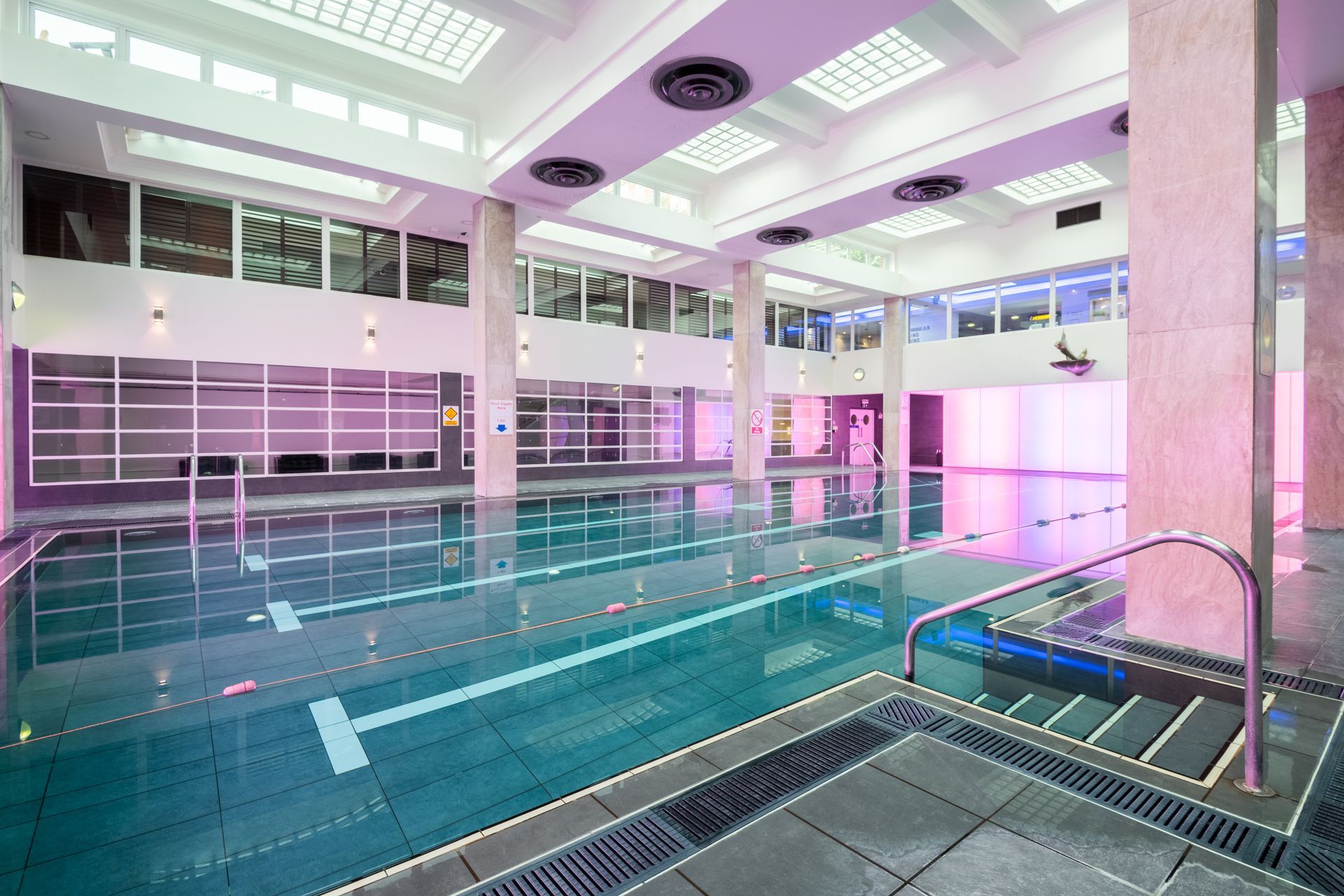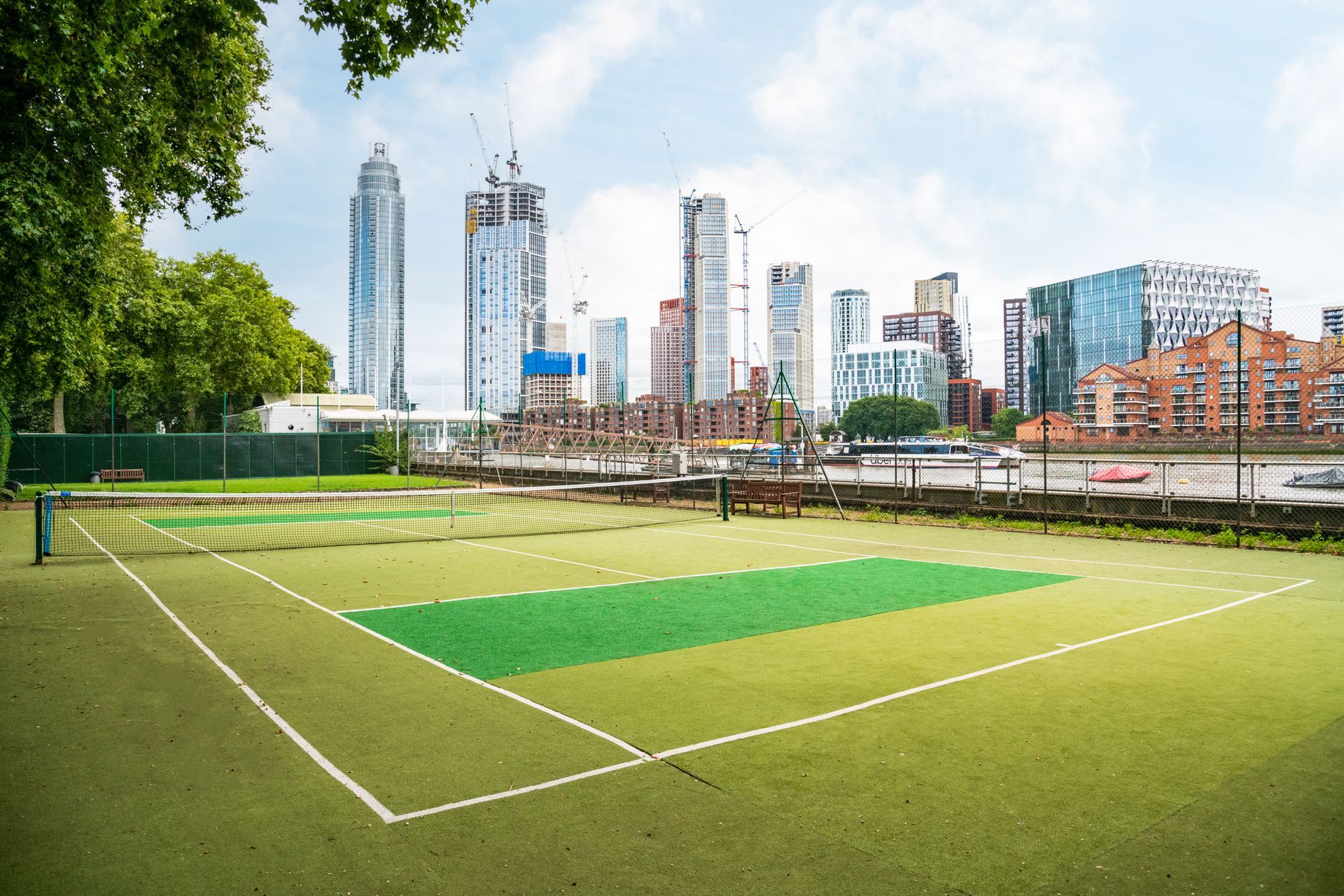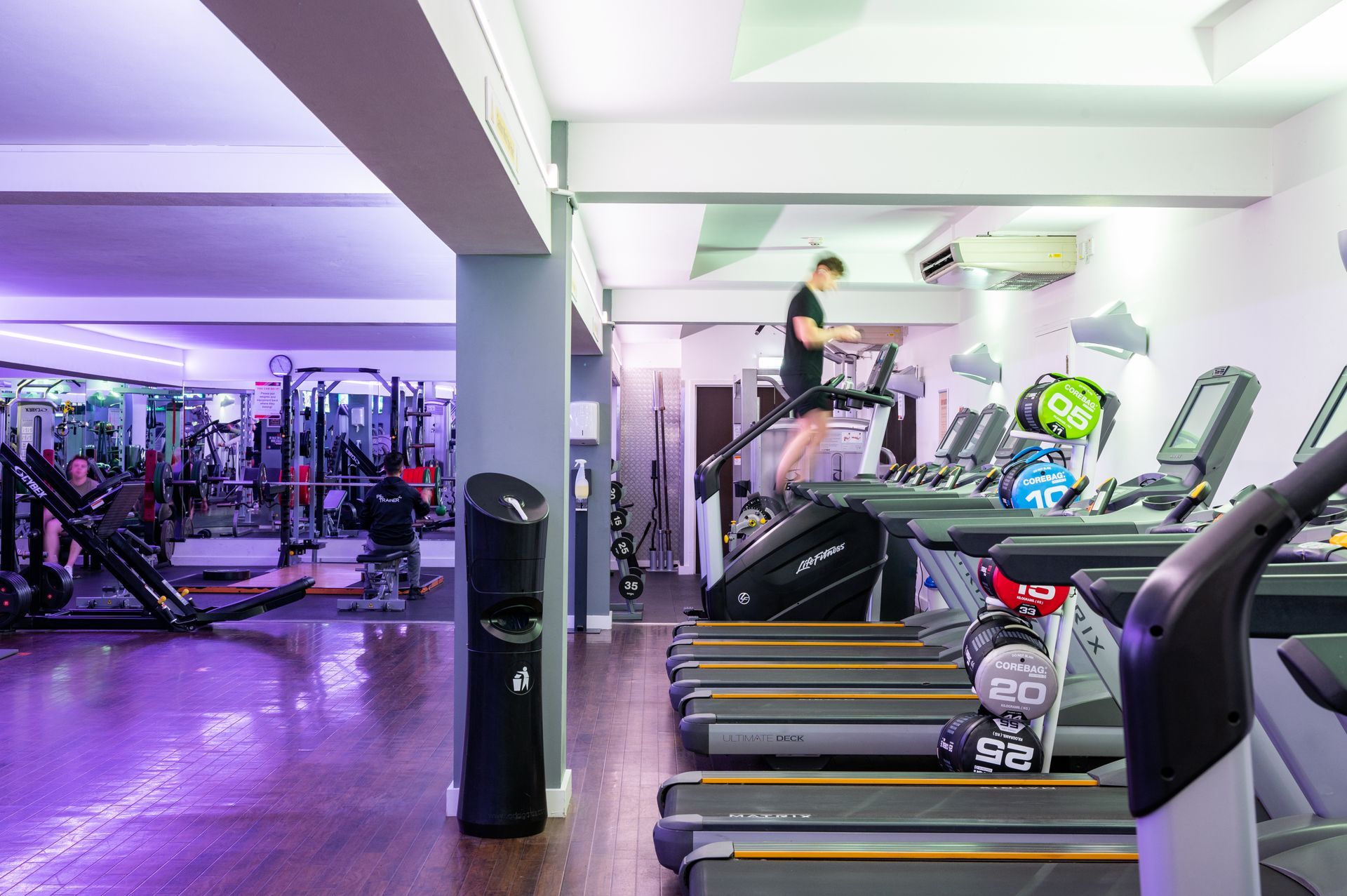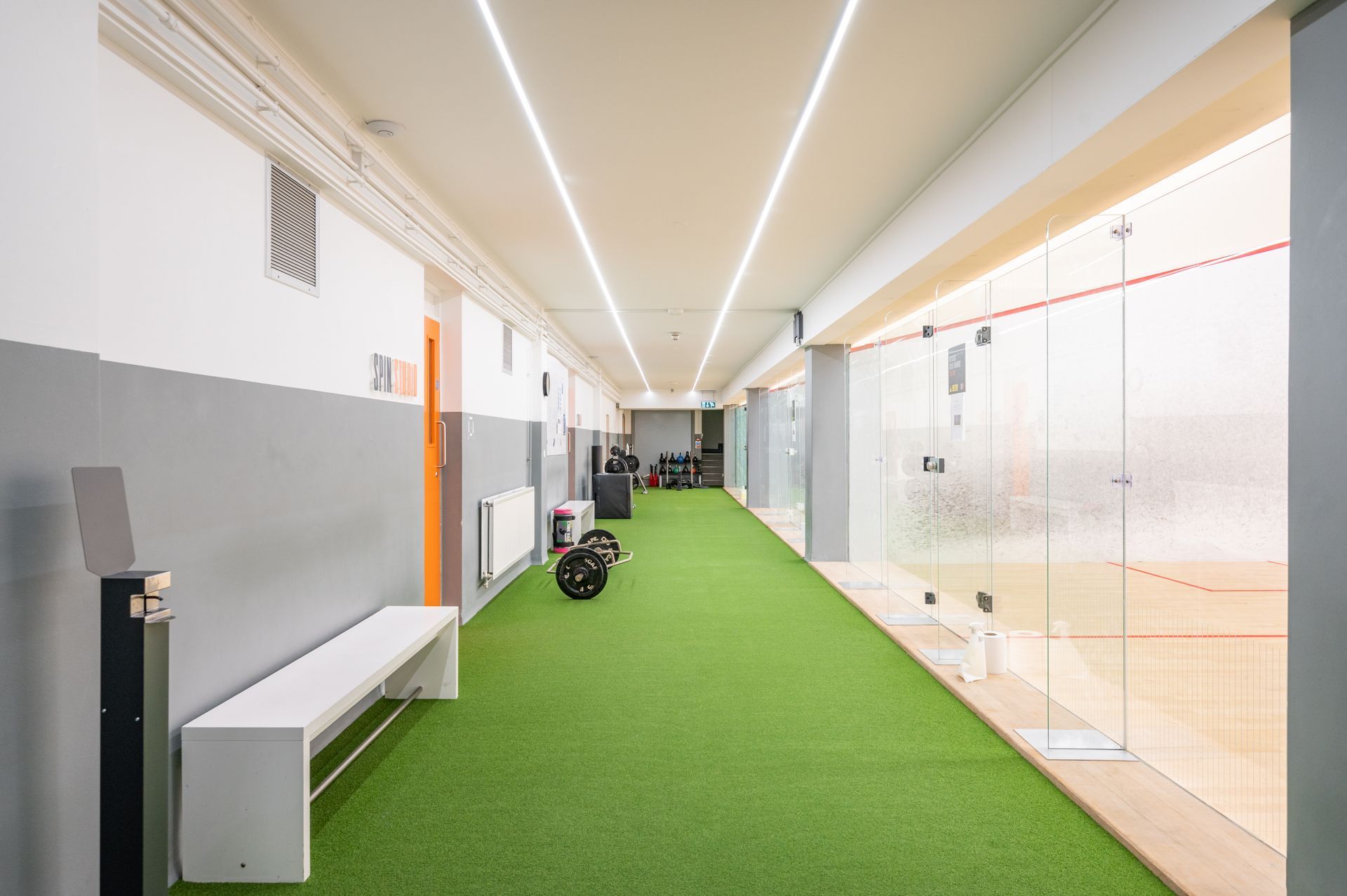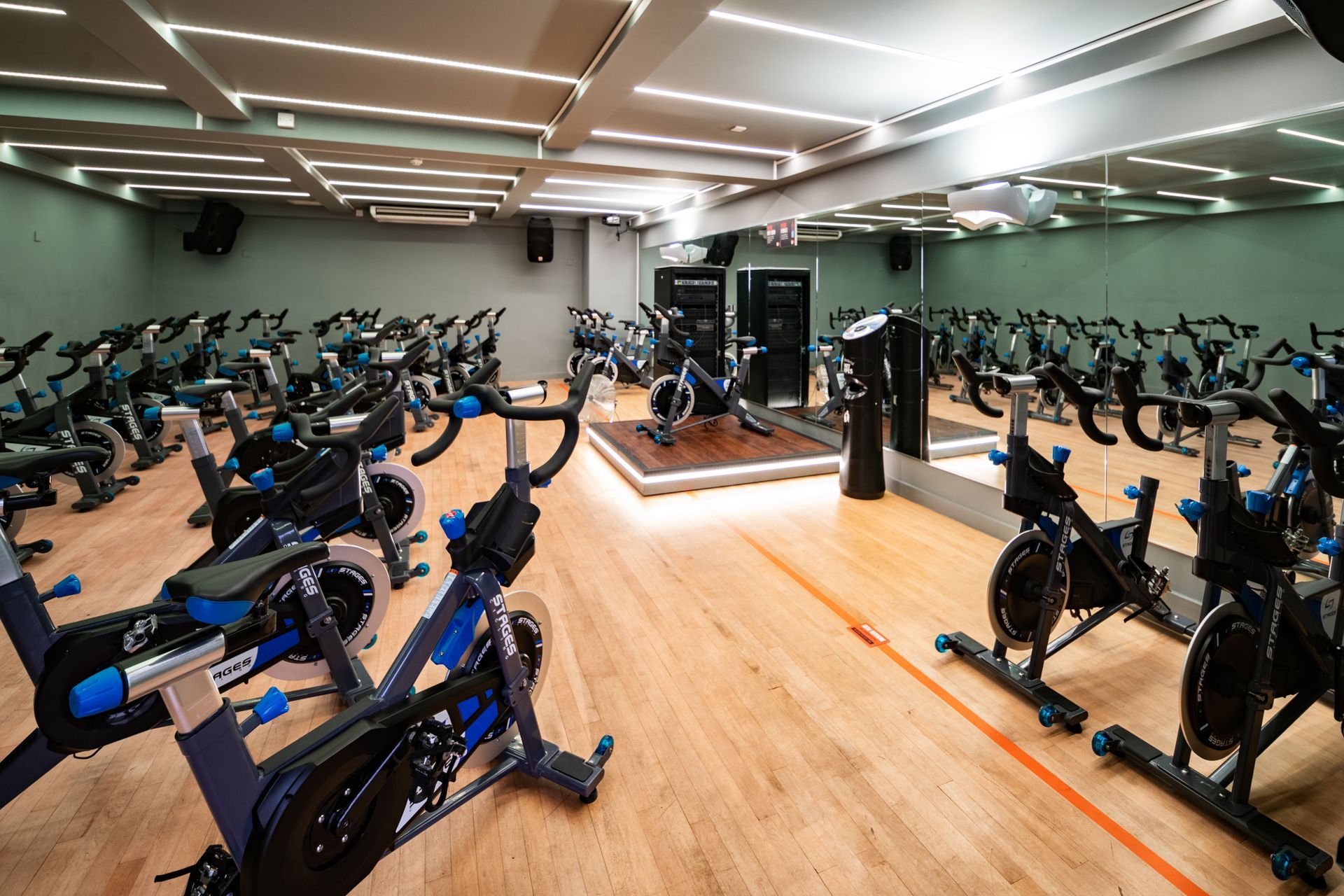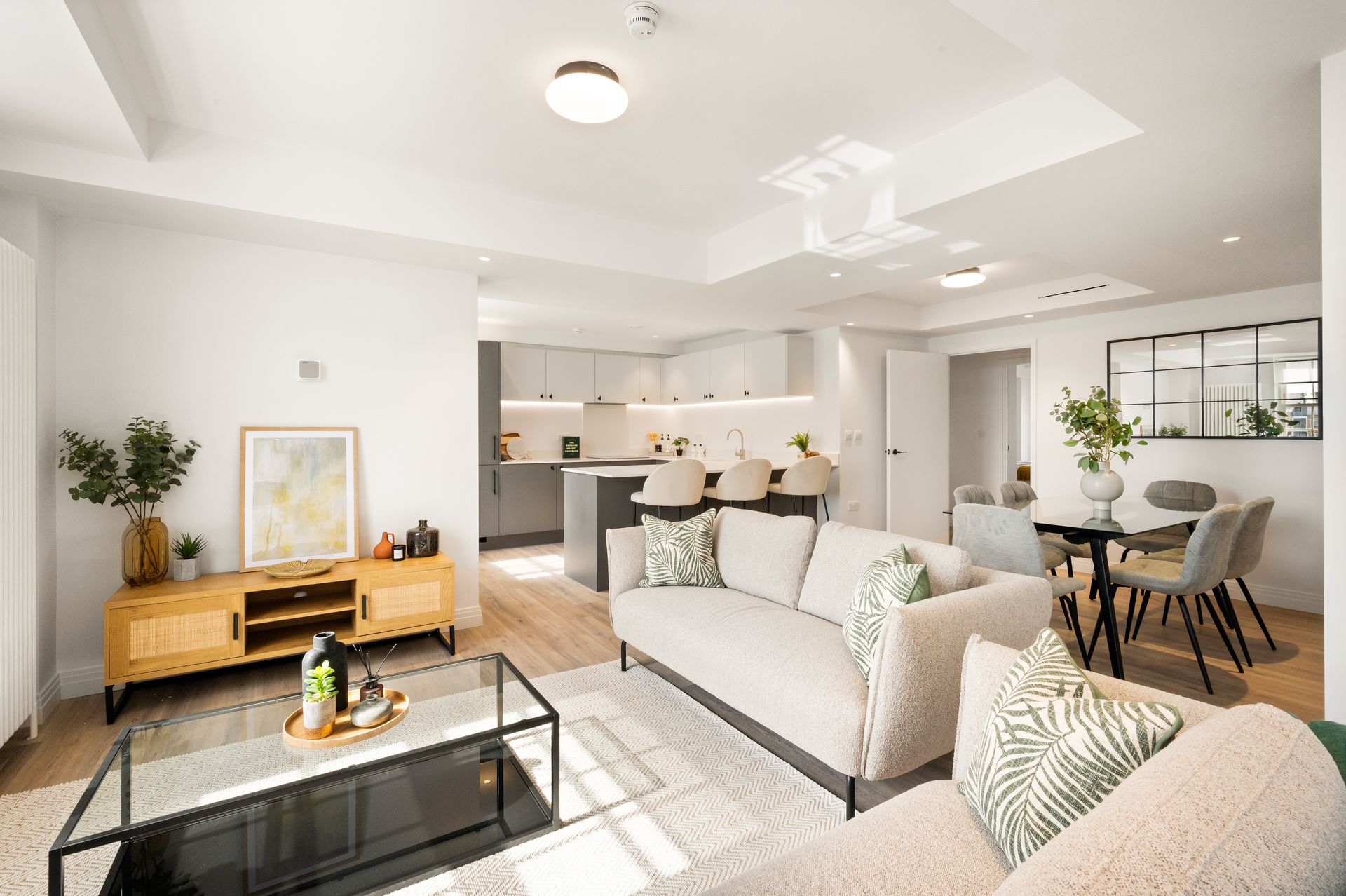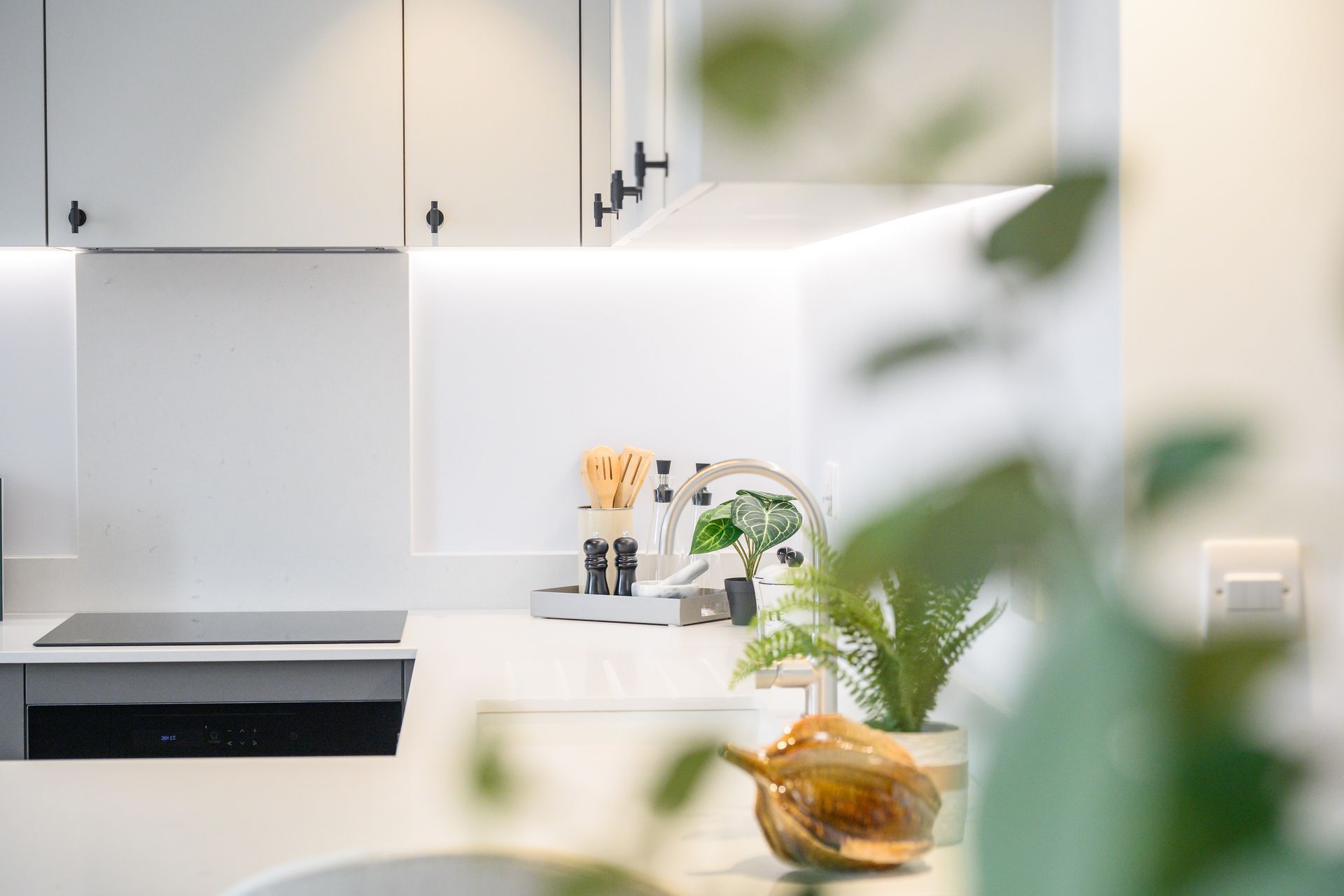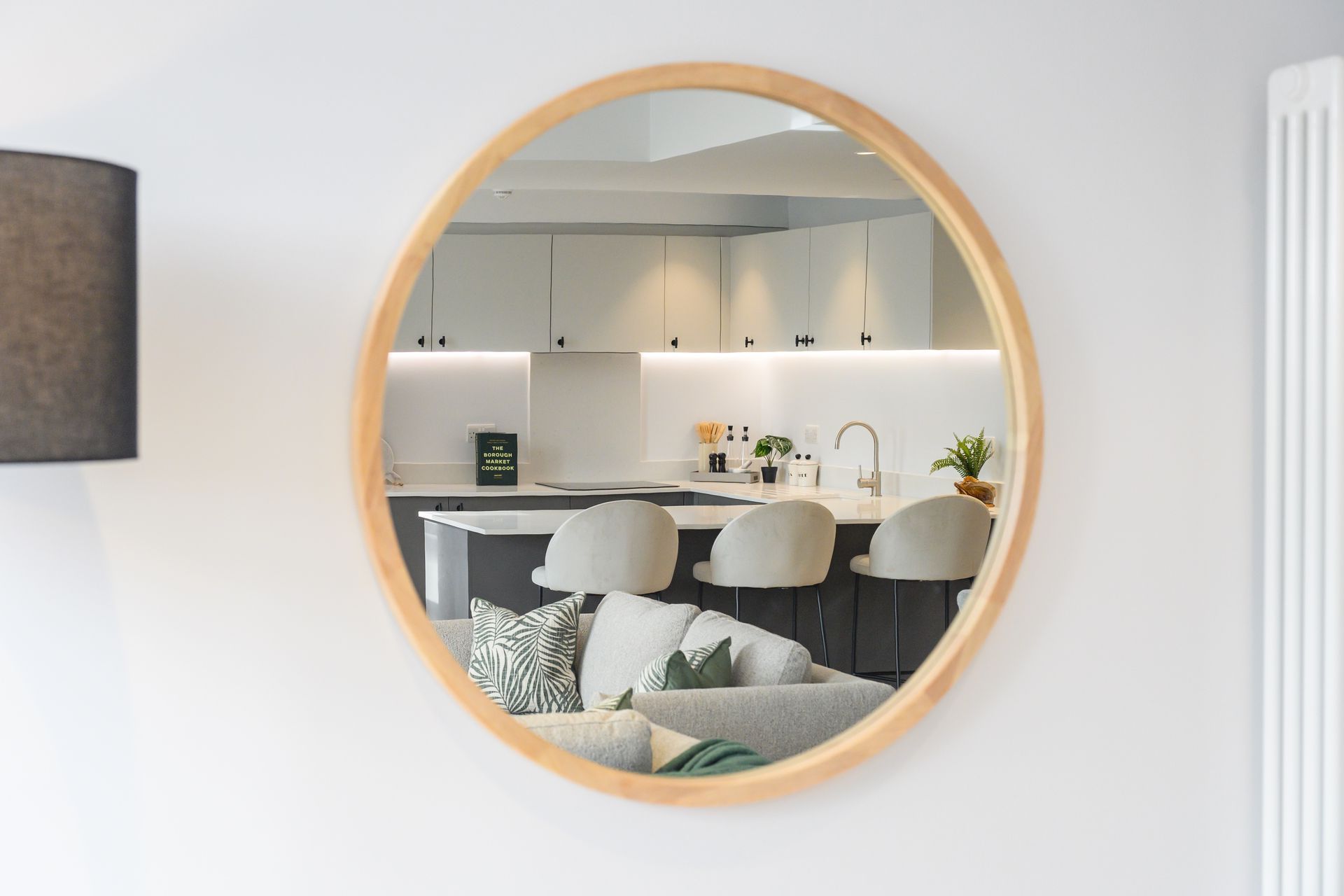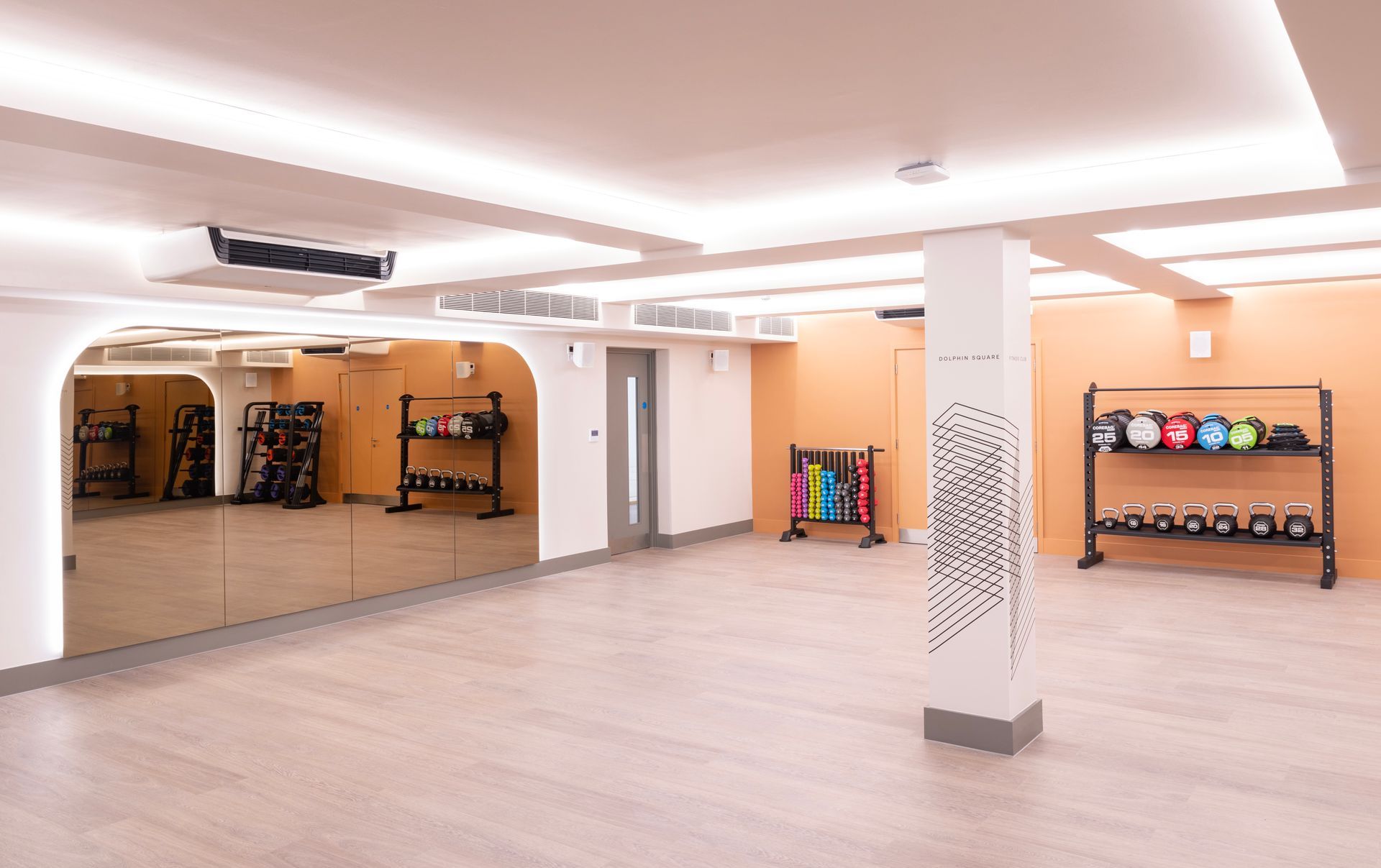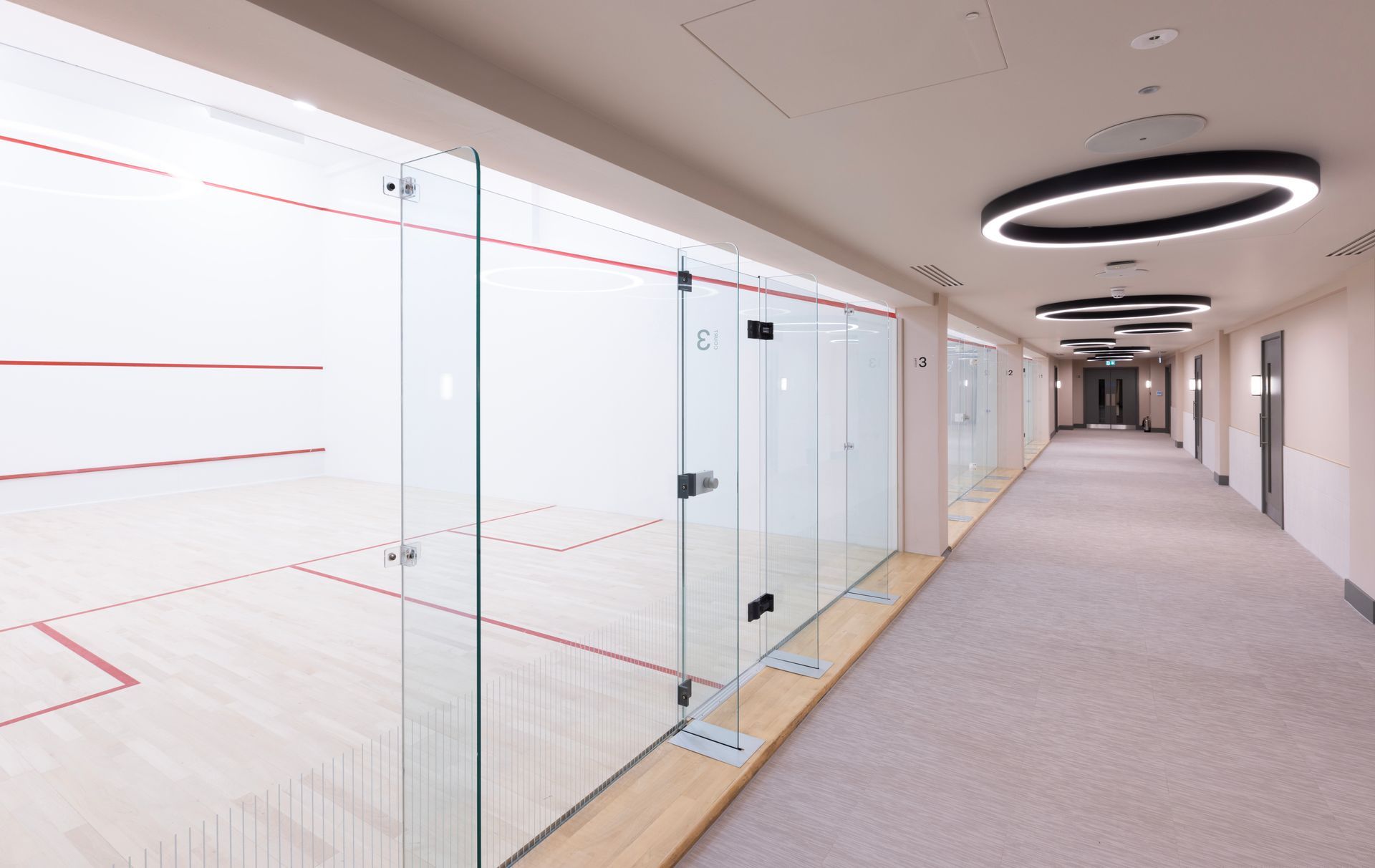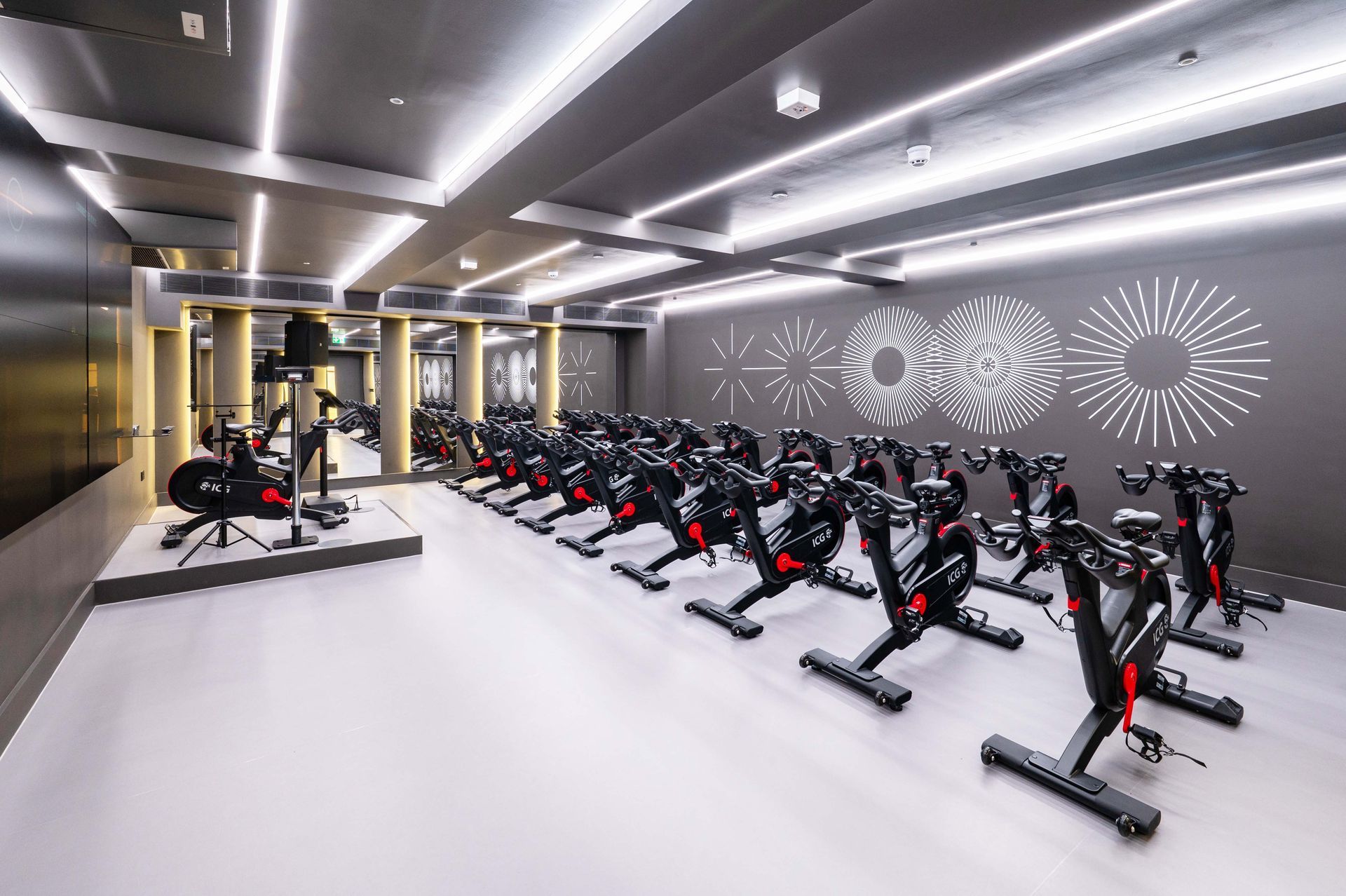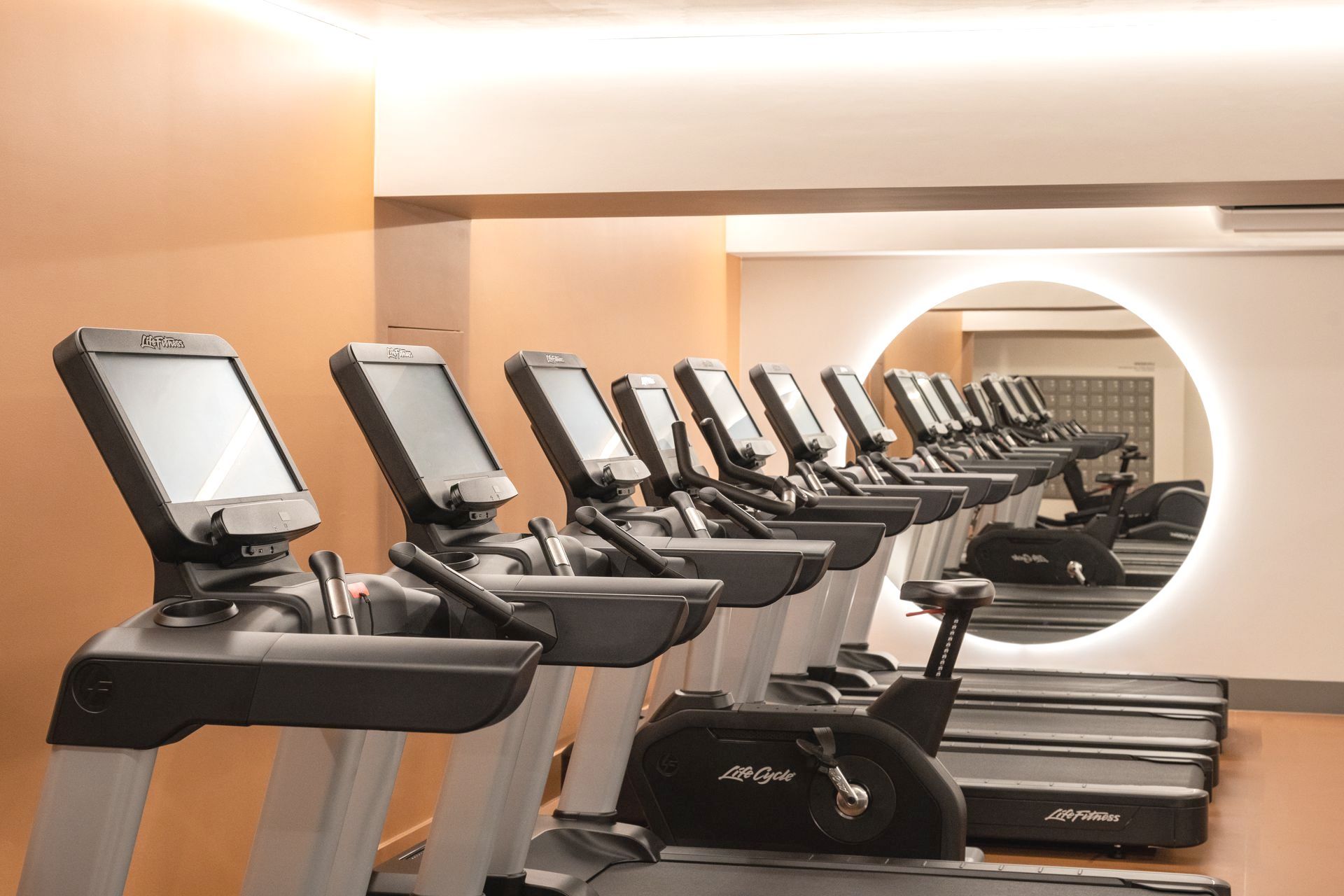Our History
Dolphin Square Through Time
Dolphin Square, located in Pimlico, London, boasts a storied history that reflects both grandeur and intrigue. Completed in 1937, this massive apartment complex quickly became a symbol of luxury and modernity, attracting high-profile residents, including politicians, actors, and spies. During World War II, it housed military personnel and was a hub of wartime activity. The post-war era saw Dolphin Square continue as a prestigious address. Despite periods of change, Dolphin Square has remained an iconic fixture in London's architectural and social landscape, embodying a rich tapestry of historical events and cultural shifts
1935 - 1937
Costain completes construction on Dolphin Square
Completed in 1937 by builders Costain on the former site of a government owned army clothing factory, Dolphin Square is a feat of engineering. It cost £1.5 Million to build and took no fewer than 12 million bricks. Dolphin Square officially launched on 25th November 1936.
Credit for the naming of Dolphin Square can be attributed to an uncle of Sir Albert Costain, Director of the company responsible for the construction and early management of Dolphin Square.
A J Costain, headmaster of a school in Colwyn Bay, was staying with the Costain's in London when he mentioned that his school magazine was called 'The Dolphin'. He suggested Dolphin Court, but the layout of the buildings prompted the Costain's to settle on Dolphin Square.
Continuing the nautical theme, it was decided that each of the thirteen houses should be named after Admirals and other well-known figures from the United Kingdom's distinguished maritime history.
1940 - 1950
The effects of the Second World War on Dolphin Square
- The residents of Dolphin Square endured an eventful second world war.
- Grenville House hosted General De Gaulle's Free French HQ.
- The car park became an ambulance depot and the gymnasium was transformed into a hospital, and the former bicycle shed was the mortuary.
- Air raid shelters were provided beneath Frobisher House and i3 bombs hit the square during the Blitz.
- The biggest of which fell on Frobisher and went thudding through the top four floors.
In 1940, Mr Archie Hancock joined Dolphin Square as an engineer at the age of 19 and worked around the estate during the Second World War. We had an opportunity to speak to him when he visited Dolphin Square in 2013.
Mr Hancock experienced several bombs hitting the square. One of which came crashing down onto a piano whilst someone was playing. Shockingly no one was killed. Amazingly, there wasn't much rebuilding needed after the bombs hit Dolphin Square.
The Free French Forces came to Dolphin Square in January 1942. They had strict security and everyone required a special pass to gain access into the areas that they were occupying. Charles de Gaulle visited the square for work, although Mr Hancock never saw him.
1950 - 1960
The "West End" Era of Dolphin Square
Dolphin Square became a very prestigious place to live. Residents could leave their shoes outside their front doors to be cleaned. There were uniformed porters in every house who wore pill box hats and white gloves. There was a "West End" atmosphere of the restaurant where tenants in evening dress, danced and dined.
Costain sells Dolphin Square to a property entrepreneur for £2.25 Million.
In 1959, Dolphin Square is once again sold on for £3.1 million.
The Square's relationship with espionage was revived in the early 60's, with suspicions arising from the resident in Hood 807. John Vassall, an admiralty clerk, was exposed as a Soviet Spy in 1962 and, whilst it is rumored that many spies enjoyed the Square's hospitality, Vassall remains the most well known.
Westminster City Council then bought the lease of Square for £4.5 million in the mid 1960's and sublet it to Dolphin Square Trust, which acted as a housing association.
1970 - 2006
Dolphin Square becomes home to many politicians & public figures
The last few decades of the century saw Dolphin Square being the home of many politicians and public figures.
With the Houses of Parliament being close by, The Square has been home to many MPs across the political spectrum including Lords.
Royalty has graced Dolphin Square with Princess Anne having lived in Drake House, Whilst Princess Diana allegedly used the swimming pool.
In the 1980's, the Moroccan Garden was landscaped following a competition and the famous dolphin fountain by sculptor James Butler RA was commissioned.
2006 - 2020
Westbrook takeover and the introduction of Serviced Apartments
Dolphin Square Trust and Westminster City Council agreed the sale of Dolphin Square to Westbrook in 2006, who whilst remaining sensitive to the buildings character began updating the décor of the communal areas and refurbishing apartments to rent.
Dolphin Square Hotel closed in April 2006 and the rooms were converted into attractive, contemporary serviced apartments, part of a broad regeneration program and the launch of Dolphin House.
Over this time, the Shopping Arcade continued to be a staple for residents and customers by offering services such as a Dry-cleaners, Newsagents, Hair Salon, Green Grocers and even a Travel Agency.
The Bar & Grill was the on-site restaurant where residents and customers enjoyed a variety of dishes. Herbs & vegetables were grown at Square and used at the Bar & Grill. For relaxation, residents and the community had the multi-award winning Moroccan inspired Spa.
2020 - Present
AXA become the Asset Managers and launch the Restoration Programme
The beginning of a new decade saw the deadliest Coronavirus pandemic sweep the world. In that time, AXA take over as Asset Managers of Dolphin Square and introduces the biggest investment that ensures the demands of the 21st century are met. Future proofing Dolphin Square for the next 100 years.
Whilst the estate continues to operate, Rodney, Duncan and Beatty become the first 3 houses to be taken offline as part of the Restoration Programme.
Whilst the retained part of the Square continues to be operational. Dolphin Square introduces its Pet Friendly policy and continues to build its community by continuously engaging with residents and community through its various events.
The largest Lift Replacement Programme also begins and see’s Dolphin Square’s total of 28 Lifts started to be replaced.

